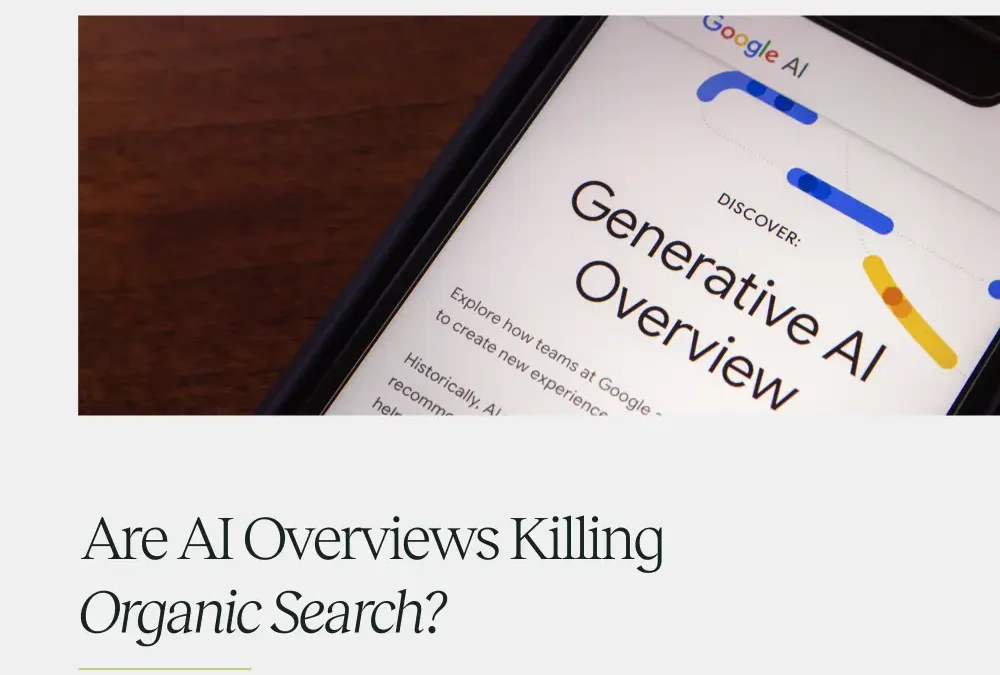What is a Call to Action?
A call to action is a prompt that encourages your audience to take a specific next step. This could be anything from clicking a button, signing up for a newsletter, or downloading a free resource. CTAs appear on websites, social media, email campaigns, landing pages, and even within blog posts. Although they may seem simple, their impact is anything but small.
Every successful CTA answers three core questions for the user:
- What am I being asked to do?
- Why should I do it?
- What will I get out of it?
Why CTAs Are So Important in Digital Marketing
Without a clear CTA, your digital campaigns can fall flat. Even if your content is engaging or your ad is well-targeted, if you fail to tell users what to do next, they may simply leave the page.
A strong CTA:
- Improves user experience by providing clear direction
- Increases conversion rates across landing pages and campaigns
- Supports lead generation by prompting form submissions or content downloads
- Encourages customer action at various stages of the funnel
The Key Components of a High-Converting CTA
To create effective CTAs, there are several key elements you should focus on. Let’s break them down:
1. Strong, Action-Oriented Language
Use verbs that encourage immediate action. Words like “Start”, “Download”, “Book”, “Claim” and “Discover” create momentum and a sense of purpose.
Examples:
- “Book Your Free Discovery Call”
- “Download the Social Media Strategy Template”
- “Get Instant Access to Our Free Audit”

2. Highlight the Value
Users are more likely to click when they understand the benefit. Think beyond the action and focus on the result or reward.
Instead of: “Learn More”
Use: “Learn How to Increase Sales in 30 Days”
3. Create a Sense of Urgency or Scarcity
Adding time-sensitive or limited-availability phrases can encourage users to act now instead of later.
Phrases like:
- “Limited Availability”
- “Offer Ends Friday”
- “Only a Few Spots Left”

These can significantly increase your click-through rates when used correctly.
4. Match the CTA to the Funnel Stage
Not all users are ready to buy. Consider where your audience is in their journey and offer an action that suits their intent.
- Top of the Funnel: Use soft CTAs like “Download the Guide” or “Watch the Video” to educate and attract.
- Middle of the Funnel: Focus on engagement. Try “See a Case Study” or “Try the Demo”.
- Bottom of the Funnel: Use clear, sales-focused CTAs like “Book a Call” or “Start My Campaign”.

5. Keep it Visible and Mobile Friendly
Your CTA must stand out visually, both on desktop and mobile devices. Use contrasting colours, enough spacing, and make sure it is clickable without needing to scroll. Buttons should also be large enough for thumb tapping on mobile.
Examples of Great CTA Usage
Let’s look at some examples relevant to a UK audience:
- Retail Campaign: “Claim Your 10% Off Voucher – Ends Sunday!”
- SaaS Landing Page: “Start Your Free 7-Day Trial – No Credit Card Required”
- Recruitment Agency: “Upload Your CV – Find a Job Today”
- Local Services: “Get a Free Quote from a Belfast Specialist”
Each of these examples combines action with a benefit, while keeping the message direct and relatable to the target audience.
Where to Place Your CTAs for Maximum Impact
It’s not just what you say – it’s also where you say it. Here are common placements to consider:
- Website Hero Section: Lead with your most important CTA such as “Book a Consultation”
- Mid-Page Blog CTAs: Offer content upgrades like templates or whitepapers to generate leads
- Exit-Intent Popups: Encourage last-minute engagement before a user leaves the site
- Email Footer: Remind readers to take the next step after reading your content
- Social Media Profiles: Use bio links or pinned posts to direct traffic to landing pages
How We Optimise CTAs at Platform Marketing Agency
At Platform, we integrate CTA strategy across the entire digital journey. Whether you are running a paid media campaign, launching a new service page, or revamping your email flows, we make sure your CTAs:
- Speak clearly to your audience
- Offer immediate value
- Align with your business objectives
- Are rigorously A/B tested for performance
We do not believe in guesswork. Our team analyses user behaviour, click-through data, and conversion metrics to fine-tune each CTA for better results.
Ready to Take Action?
If your website or campaigns are not converting, your CTA strategy could be the missing piece. Let us help you identify where your funnel is losing momentum and how the right call to action can get it back on track.
Book a free strategy session today and let’s start driving results together.
Frequently Asked Questions
What is the difference between a CTA and a headline?
A headline draws attention to content, while a CTA directs a user to act. Both work together to guide the user journey.
Can I have multiple CTAs on one page?
Yes, but they should not compete with each other. Ideally, one primary CTA with optional secondary actions.
What tools can help test CTA performance?
We use tools like Google Optimise, Hotjar, and native A/B testing features in platforms like Mailchimp and Meta Ads Manager.
How often should I change my CTAs?
Test frequently, especially if you notice a drop in conversions. Even small tweaks in wording or colour can impact performance.
Should CTAs be different for mobile users?
Not necessarily, but they should be optimised for mobile. Make sure buttons are easy to tap and the content is readable.




